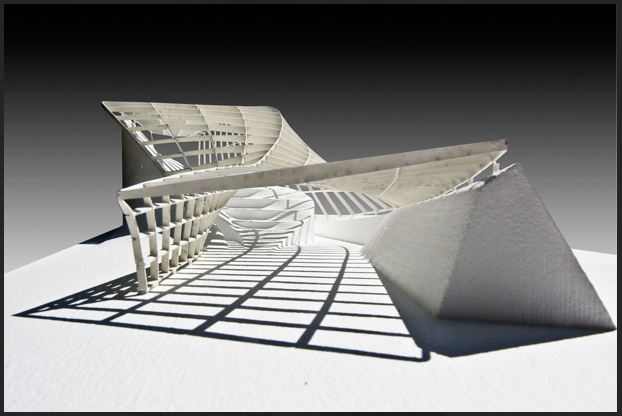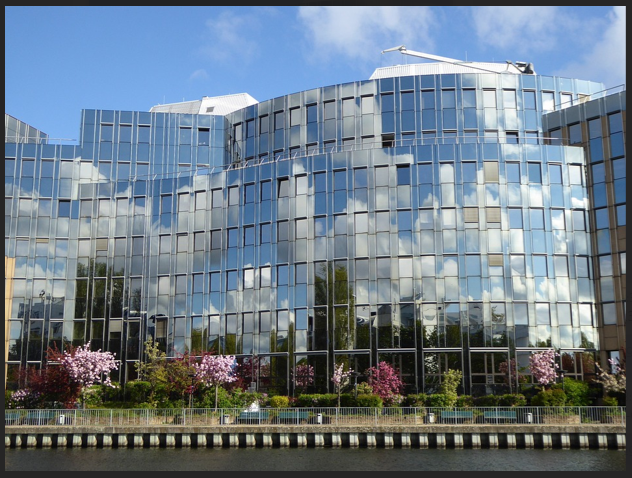
Parametric Design and Digital Architecture: Unleashing Creativity Through Technology
In the ever-evolving realm of architecture, technology has emerged as a powerful ally, transforming the way we design, visualize, and construct buildings. At the forefront of this technological revolution lies parametric design and digital architecture, innovative approaches that empower architects to push the boundaries of creativity and achieve previously unimaginable architectural feats.
The marriage of parametric design and digital architecture has unleashed a wave of creativity and innovation in the field. Architects are no longer constrained by conventional design limitations; instead, they are empowered to explore organic forms, intricate patterns, and responsive structures that adapt to changing conditions.
The Fusion of Art and Algorithms

Parametric design is a paradigm-shifting approach that integrates computational algorithms with architectural design. It allows architects to define a set of parameters and rules that guide the generation of complex geometries, forms, and patterns. These parameters can range from simple numerical values to more intricate variables, enabling the creation of intricate, responsive, and adaptive designs.
At the core of parametric design is the ability to explore numerous design iterations quickly and efficiently. Architects can manipulate parameters in real time, instantly witnessing the ripple effects on the overall design. This iterative process fosters a dynamic dialogue between the designer and the software, resulting in designs that are finely tuned to meet functional, aesthetic, and contextual considerations.
Digital Tools as Creative Catalysts

Digital architecture encompasses a wide array of tools, from Computer-Aided Design (CAD) software to Building Information Modeling (BIM) platforms. These tools allow architects to create detailed 3D models, simulate environmental conditions, and even analyze structural integrity before construction begins.
What sets digital architecture apart is its capacity to facilitate collaboration among interdisciplinary teams. Engineers, designers, and stakeholders can work together within a shared digital environment, streamlining communication, reducing errors, and optimizing the construction process. This collaborative approach minimizes misunderstandings and ensures that the final design aligns with the vision of all involved parties.
Facade Designs

One notable application of parametric design is in façade design. Complex façades with intricate geometries and dynamic shading systems can be efficiently designed and optimized using these tools. Moreover, architects are also employing parametric design to address sustainability challenges, such as optimizing natural ventilation and daylight penetration in buildings.
The Future of Architectural Expression
As technology continues to advance, the possibilities for parametric design and digital architecture are boundless. Architects are increasingly integrating data-driven insights into their designs, allowing buildings to respond in real time to factors like occupancy, weather, and energy usage.
In a world where creativity knows no bounds, parametric design, and digital architecture have redefined architectural expression. They have shifted the focus from static designs to dynamic, adaptable structures that resonate with the needs of modern society. As architects continue to embrace and refine these transformative tools, the built environment stands poised to evolve in ways that were once only imaginable in the realm of science fiction.